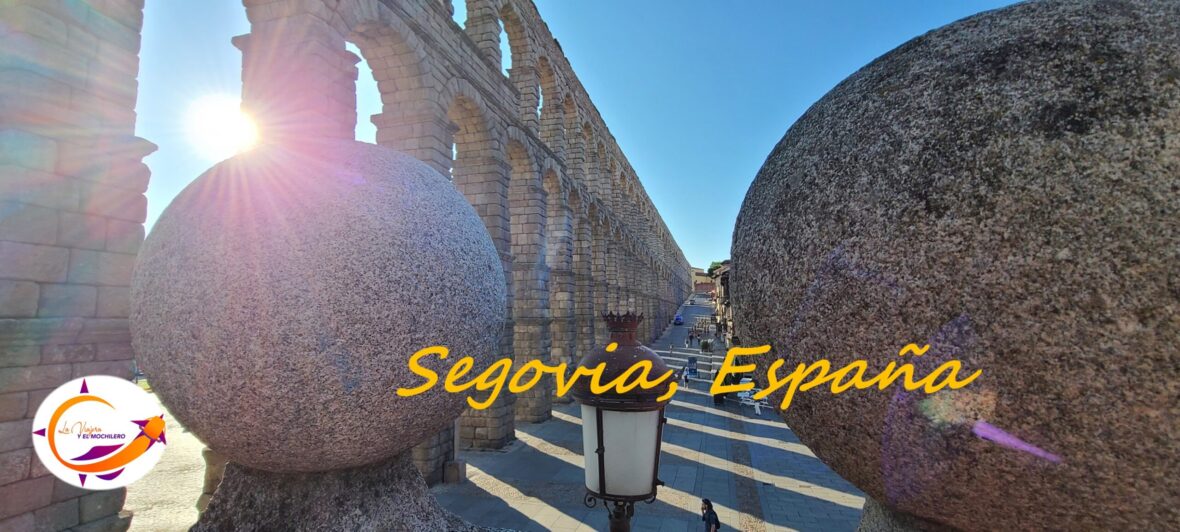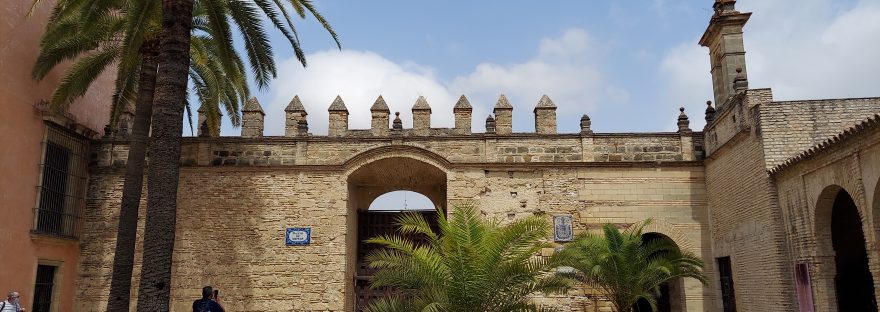The Alcazar is one of the most emblematic monuments of the Spanish city of Jerez de la Frontera and the oldest and best preserved. It is located in the southeast corner of the walled enclosure, forming with the walls, towers and gates, a complex defensive system.

As we walk through the Alcazar of Jerez de la Frontera, we learn about its history of both its Islamic and Christian period, through its towers, crenellated walls, bent gates, horseshoe arches, parade ground and its beautiful gardens.
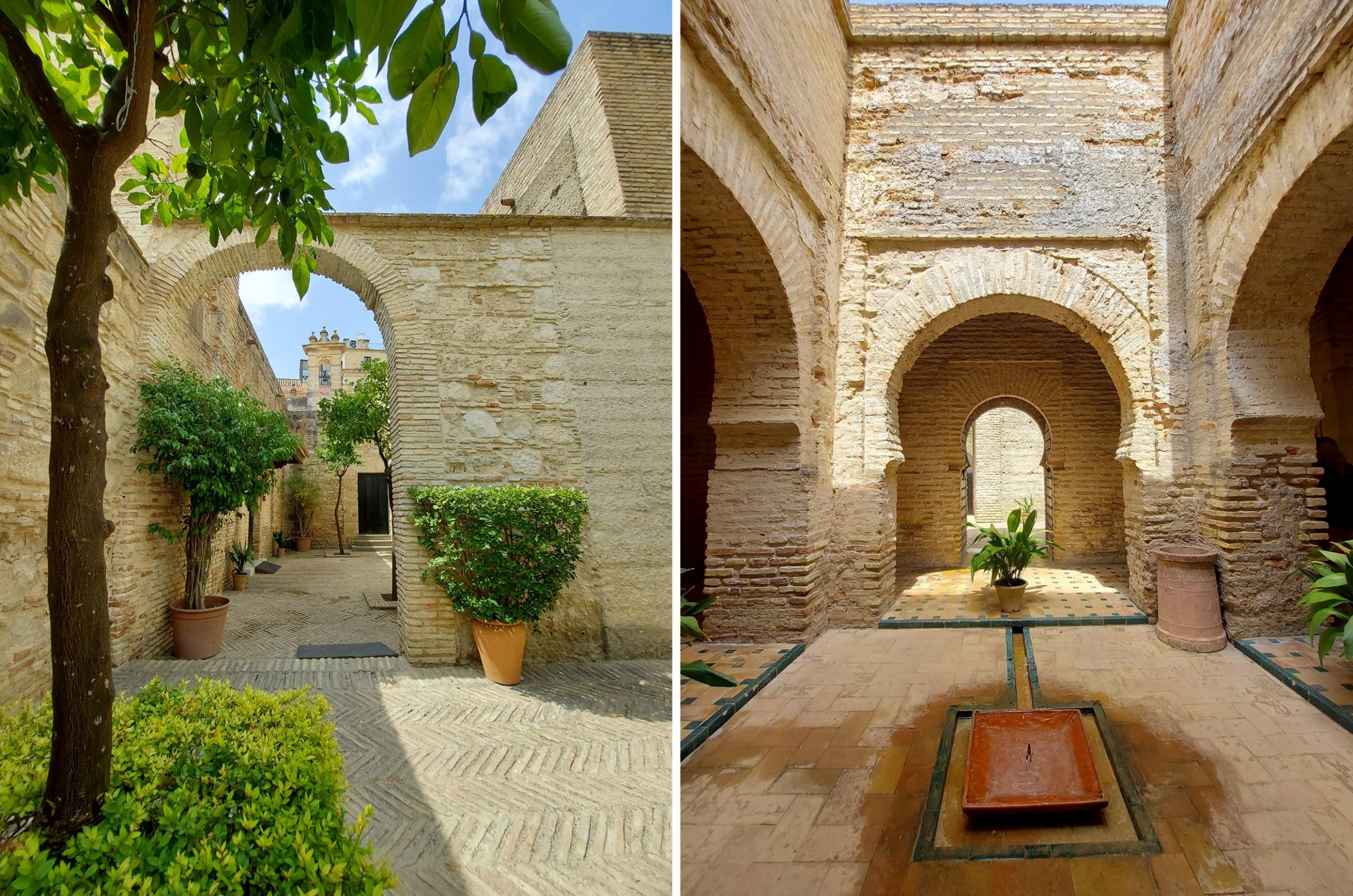
The Alcazar was catalogued as an Asset of Cultural Interest and declared a Historic-Artistic Monument by the government of the Republic in 1931. This did not prevent it from being used as a military barracks during the Franco era and later a hotel was built inside (the structure was demolished in 1981).
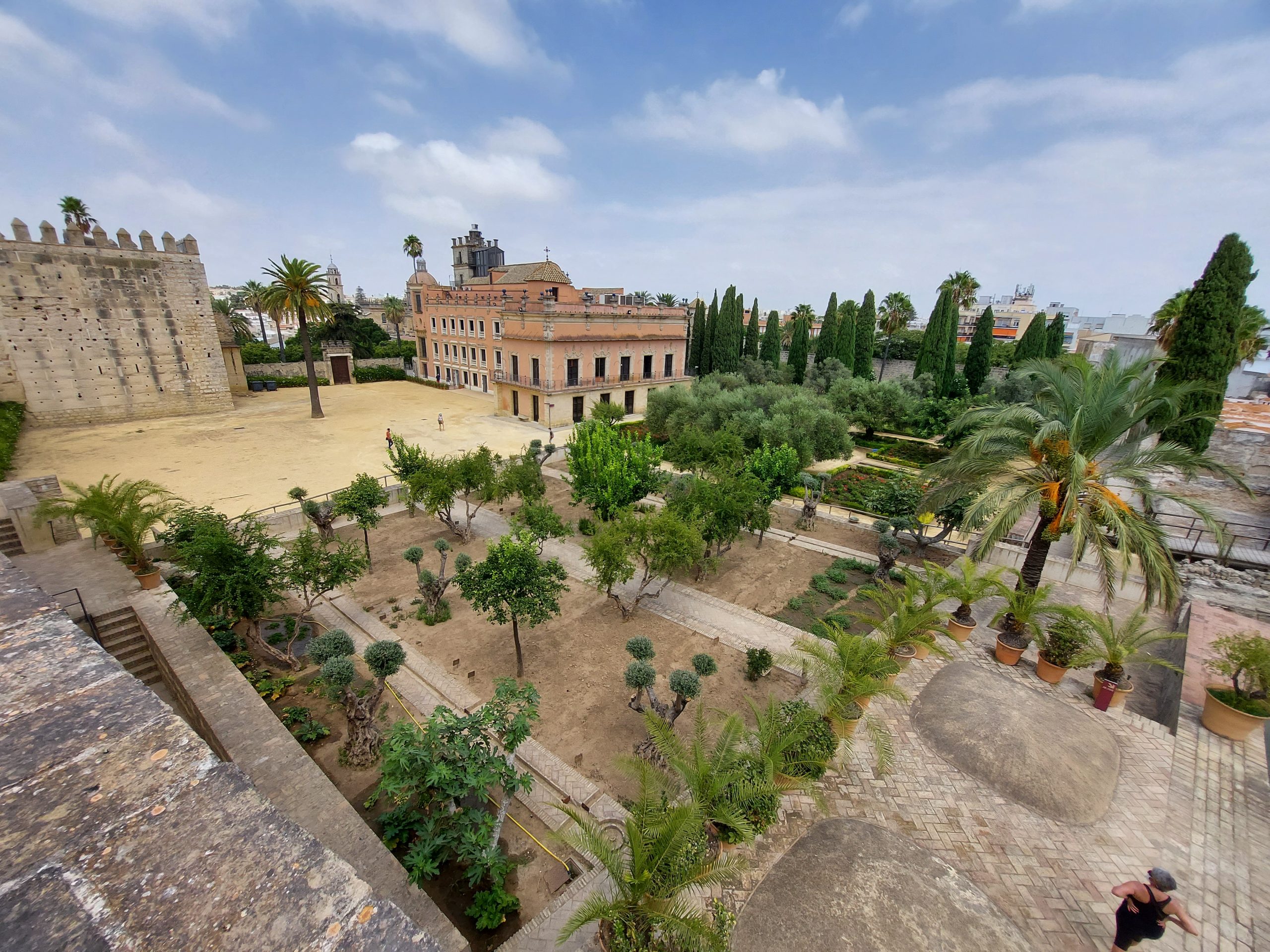
At the present time it is property of the City Council of Jerez de la Frontera that, since 1996, has been carrying out a series of reforms and interventions to recover in an integral way this monument, placing it in use, practically the totality of the Alcazar.
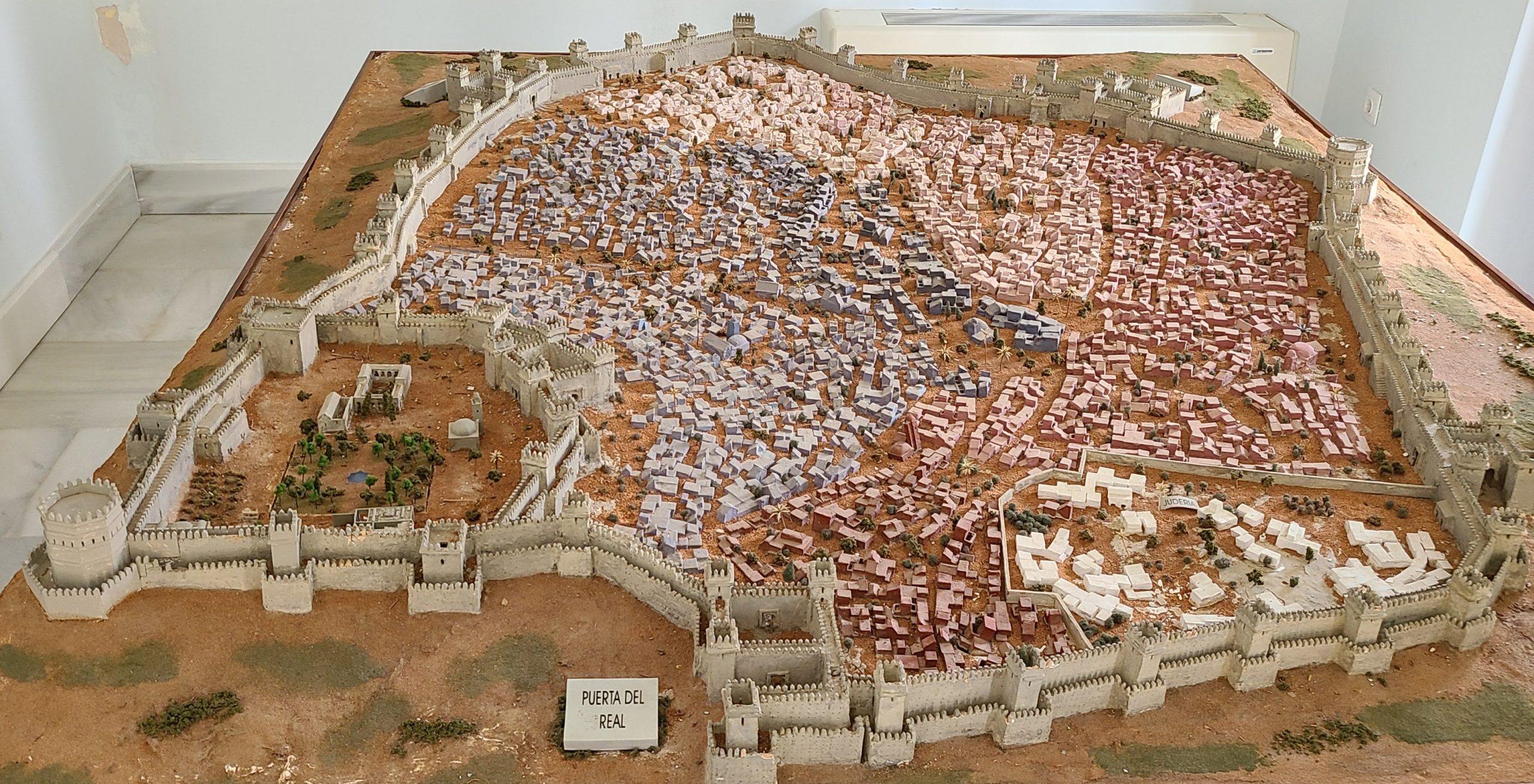
Both the Alcazar of Jerez de la Frontera and the wall that protected the city were built by the Almohads between the 12th and 13th centuries, and although most of the preserved Islamic buildings date from this period, archaeological excavations confirm the existence of an earlier defensive enclosure. Of simple construction, it is a quadrangular enclosure and may have had at least eleven defensive towers, including the keep and the octagonal tower.
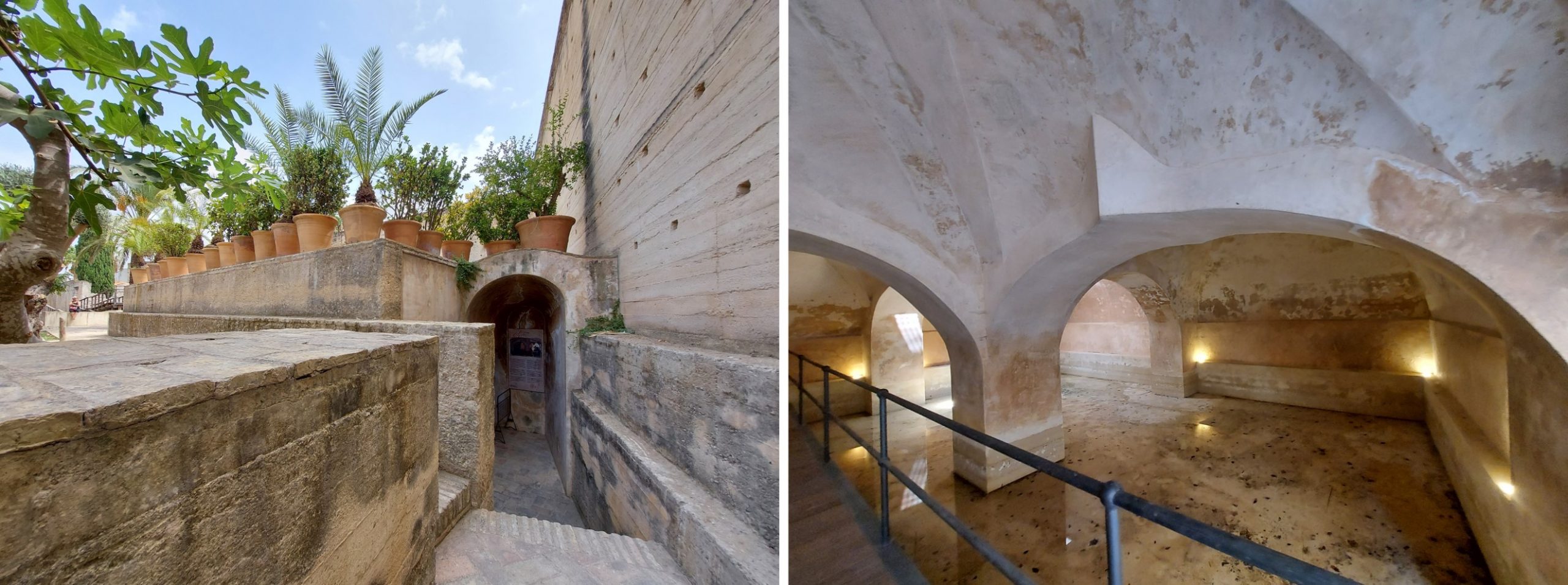
The Arab baths, pools, cisterns and waterwheels (two geared wheels used to draw water from a well) that are preserved, tell us about the importance of water and the engineering and mastery of hydraulic infrastructures. All these elements were harmoniously integrated into the monumental complex, completed by the important reforms carried out in the 18th century by the Villavicencio family. It is this family who, in 1664, by Royal Decree issued by Philip IV, took charge of the Alcázar of Jerez.
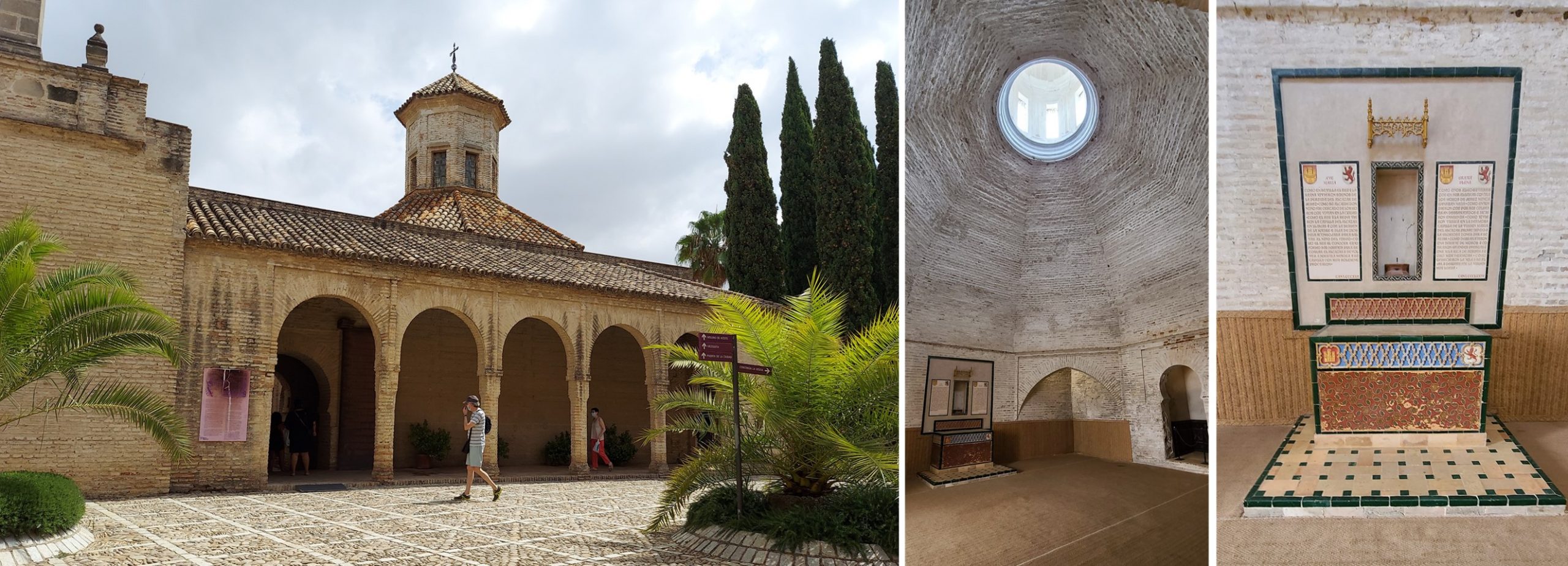
In the Alcazar of Jerez de la Frontera we find the only mosque that is conserved in the city of the eighteen that there were during the Islamic epoch. Erected by the Almohad sovereigns, its interior, now restored, preserves in addition to its classical horseshoe arches, its minaret, the ablutions courtyard with a central basin and the prayer room with its mihrab. This room is square in plan, of brick construction and is covered with an octagonal dome on pendentives. In fact, it was transformed into a chapel by Alfonso X the Wise, after the conquest of the city in 1264. Today we can see the altar that was placed after the consecration of this space as the chapel of Santa Maria del Alcazar.
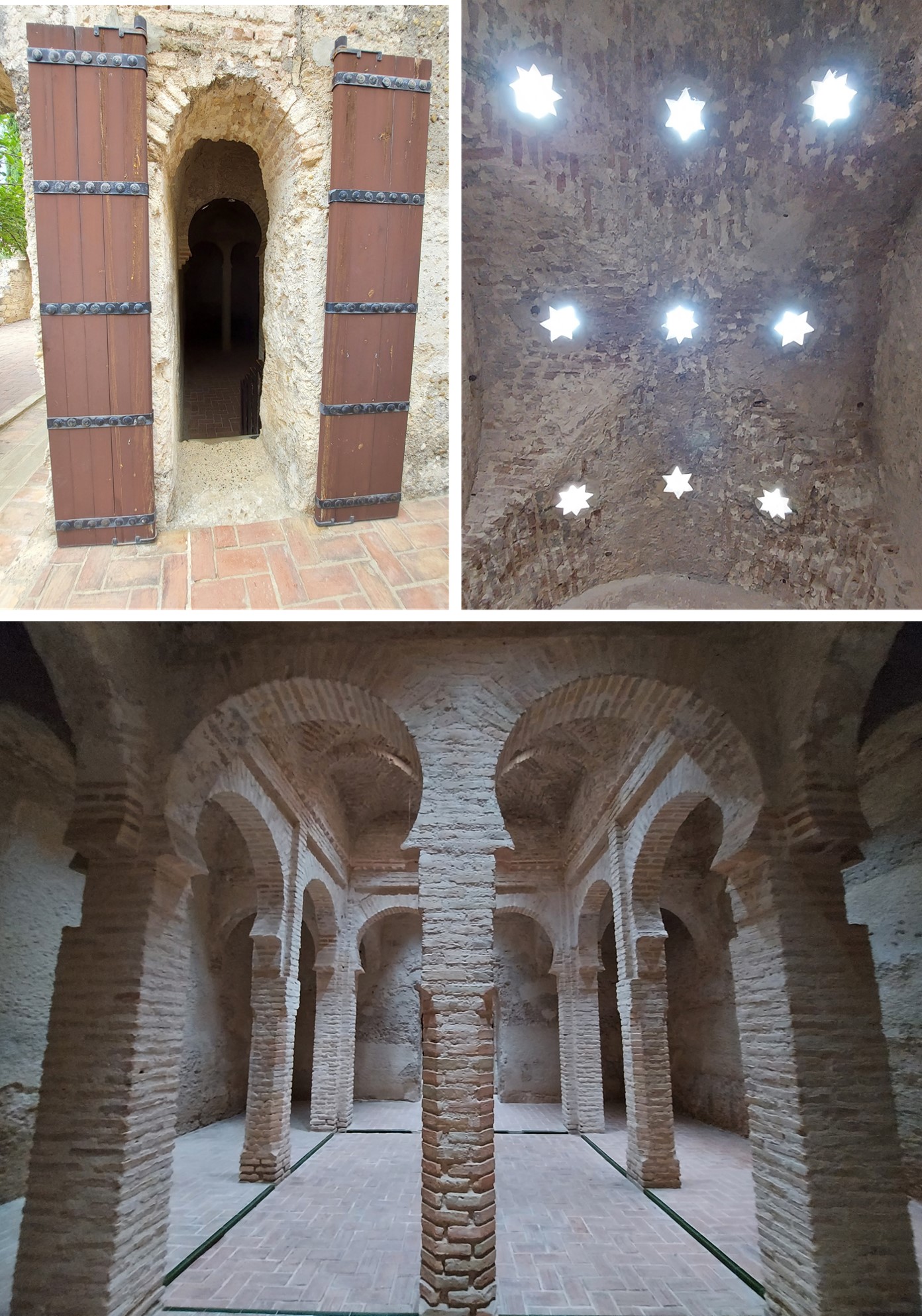
The Arab Baths conserve in very good condition its three rooms: the cold room, the warm room (the largest, with interesting perforated vaults with skylights) and the hot room, next to the boiler and with a heating system under the floor. Built with sober and rough solid brick, the domes of the roofs have star-shaped skylights that give them the intimacy with which they were conceived.
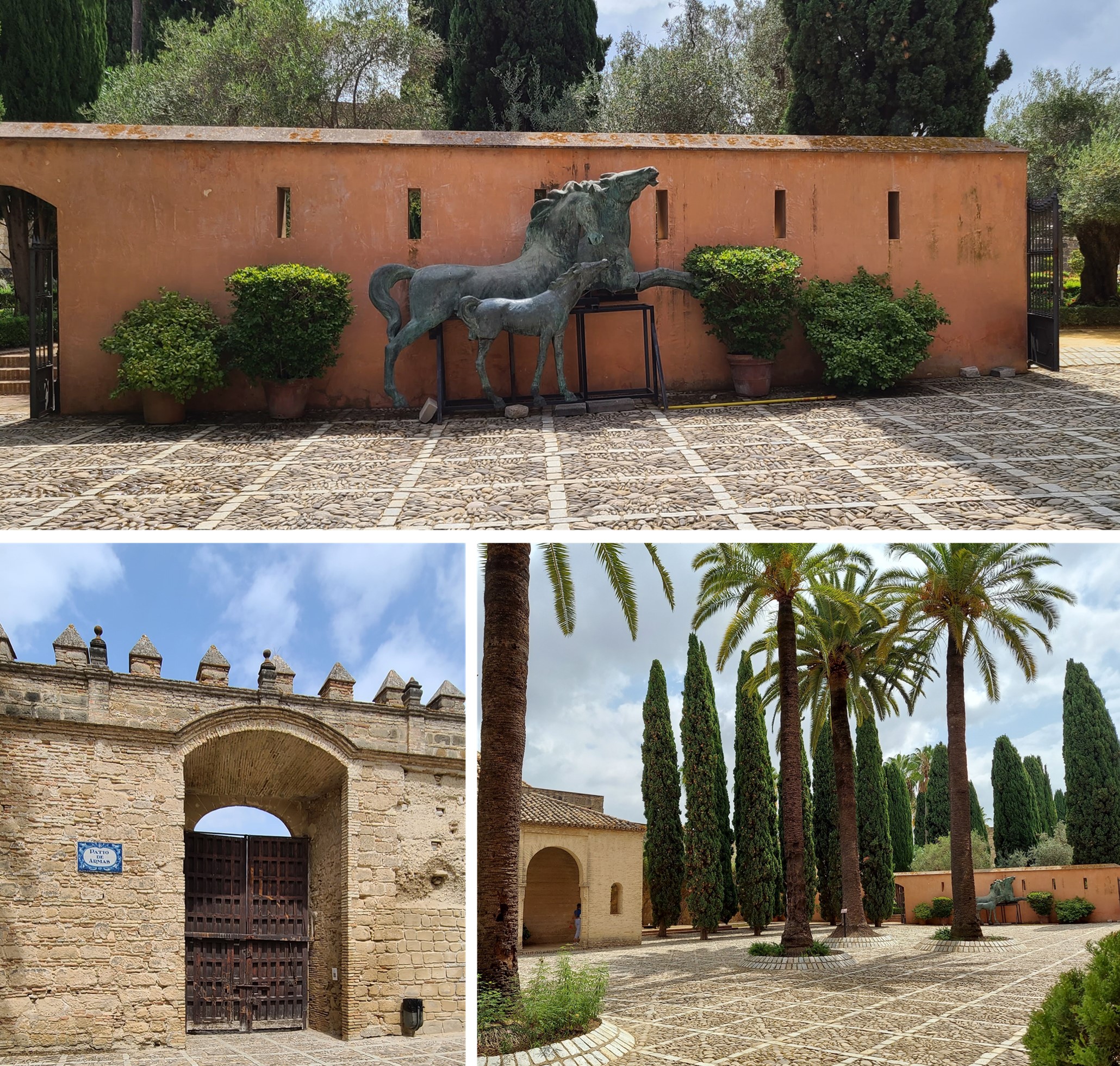
The Patio de Armas is the most spacious area of the complex and the place where in times of Almohad domination the governor formed his troops before going into battle, fulfilling its primary function, the military. The main buildings of the Alcazar are arranged around this space.
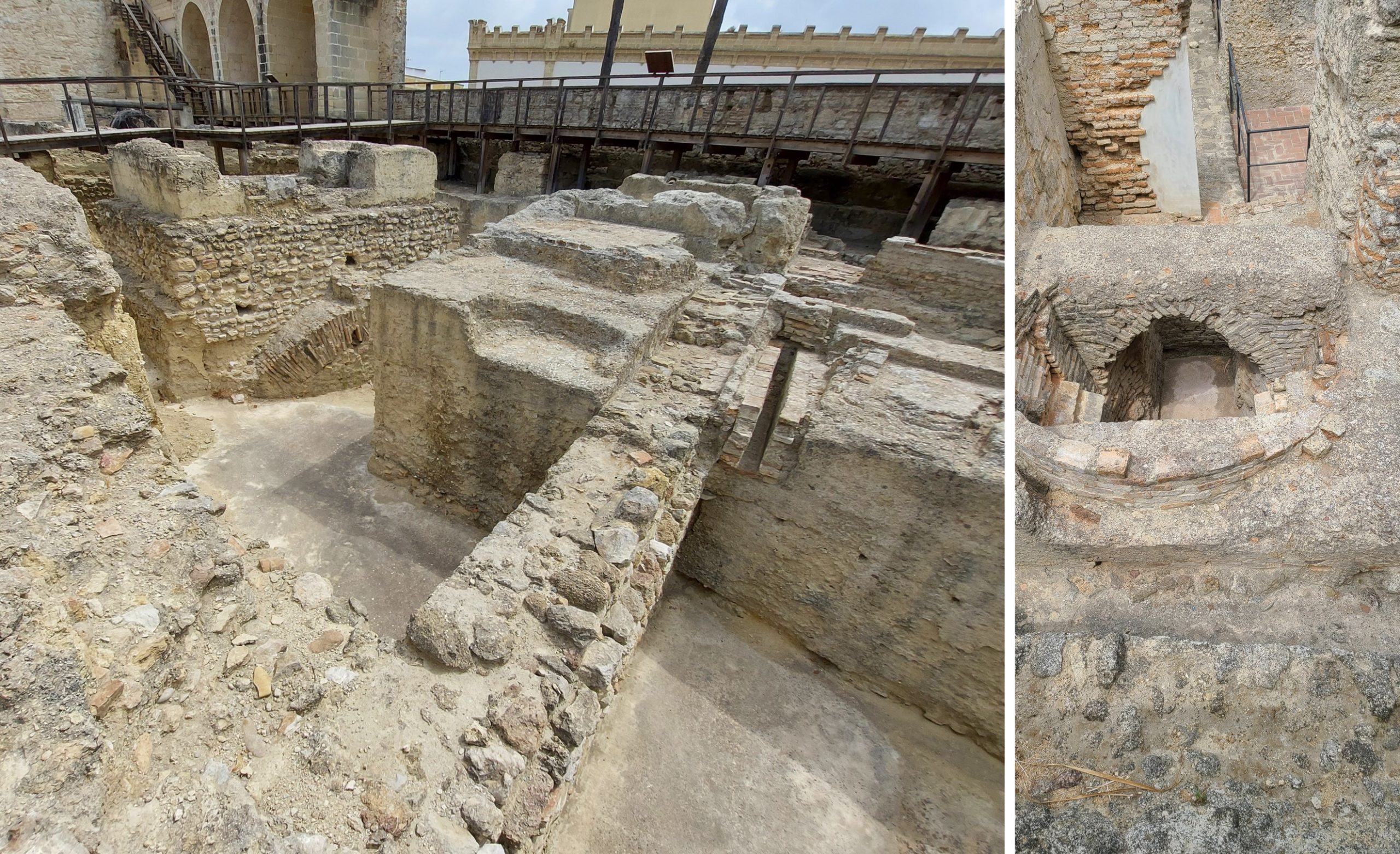
Touring the archaeological area of the Alcazar of Jerez de la Frontera is a great experience, and gives us an idea of the knowledge that was used at the time of construction. It is in this area where it was possible to find from a wall from the Caliphate period (10th century) to Almohad (12th century) and Christian (14th and 15th centuries) structures. The findings uncovered a series of infrastructures associated with the royal pavilion, such as a latrine whose operation seems very complex, being of great value as it is one of the few documented from the Islamic period. In addition, he found a large structure, which turned out to be a huge well more than twenty meters deep that fed the baths, as can be seen by observing the aqueduct that rises to his right.
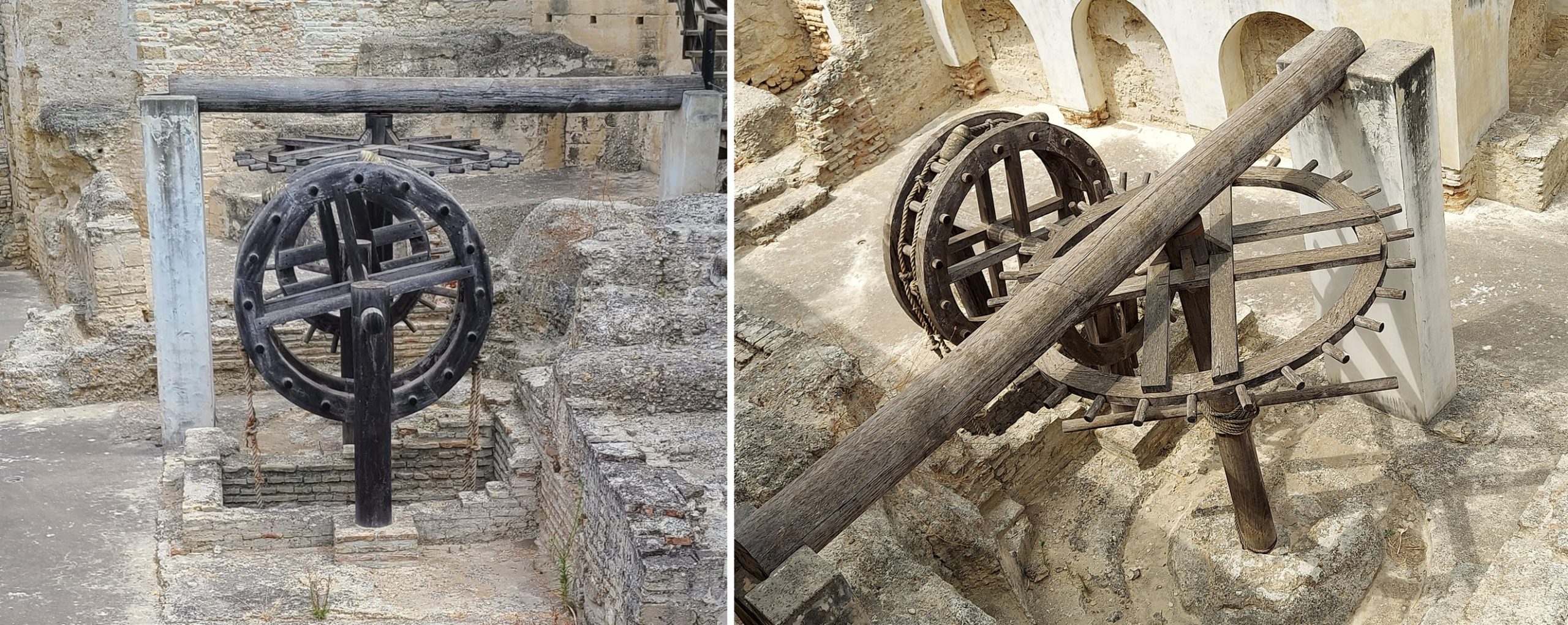
The Caliphate Wall, built with small stones, is one of the oldest architectures of the city. It can be dated to the Caliphate period around the 10th century. Given its width and resistance, it can be considered that more than part of a residential building, it was part of a small defensive wall that was built around the central well. It was crucial to protect the water, especially in enclosures designed to withstand sieges.
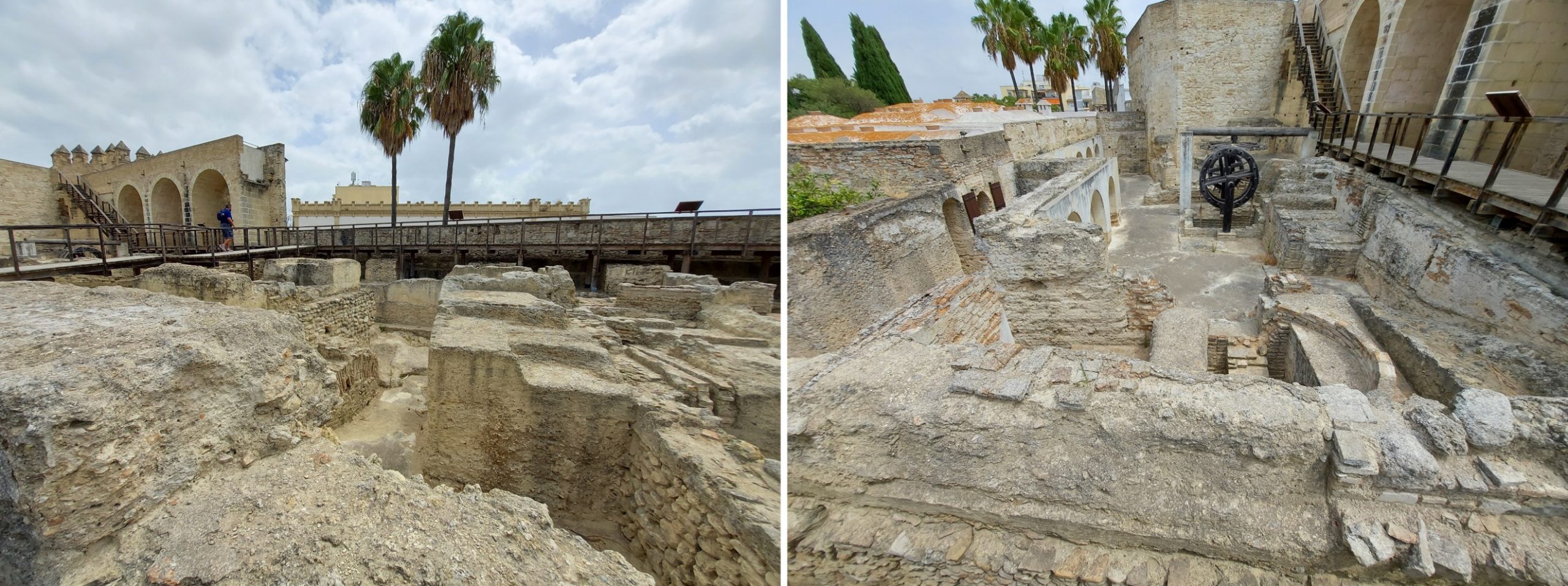
Few buildings from the Caliphate period, including those from the Second Taifa period, survived the arrival of the Almohads (mid-12th century). These people demolished all previous constructions and used materials to create their own buildings. The remains of the pre-Almohad constructions were covered by an extract of clean yellowish river sand, perhaps to purify the space.
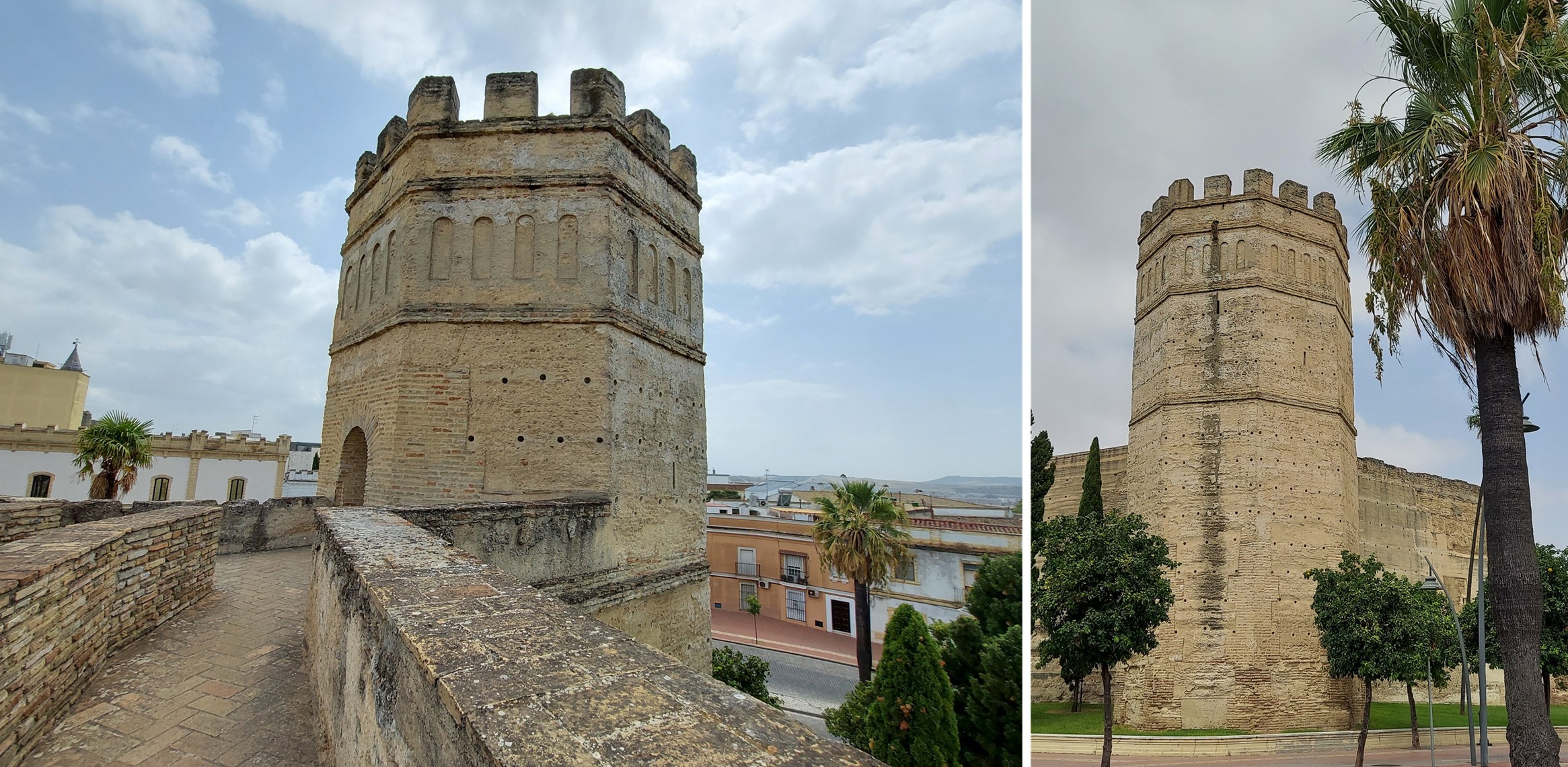
The Octagonal Tower, formerly known as the “Tower of Gold”, is the highest point of the Alcazar of Jerez de la Frontera, at the southern end. From this tower a great extension of the territory is controlled, establishing also aerial communication with the main towers of the wall of the city, located in the angles of this one. Hence its defensive potential.
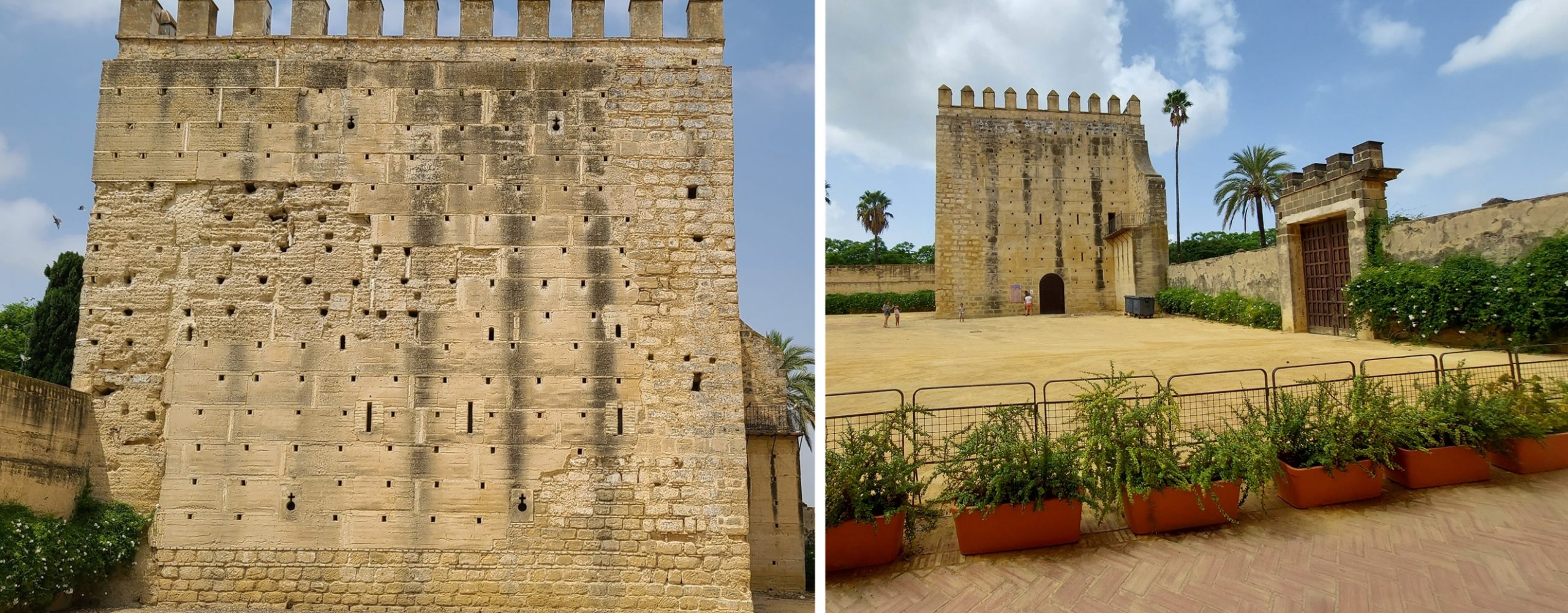
All the towers of the city wall and those found in the Alcazar were usually rectangular, except for this tower and another one that is located in one of the corners of the walled enclosure. The tower is built with the tapial technique, as is a large part of the wall. To build a wall, two parallel planks joined by two metal needles were placed inside which the material was poured and tamped, consisting of a mixture of clay, lime and sand mortar, pebbles, bones and ceramic debris until it was well compacted. Once the material had set, the slabs were removed and the next section of the wall was repeated.
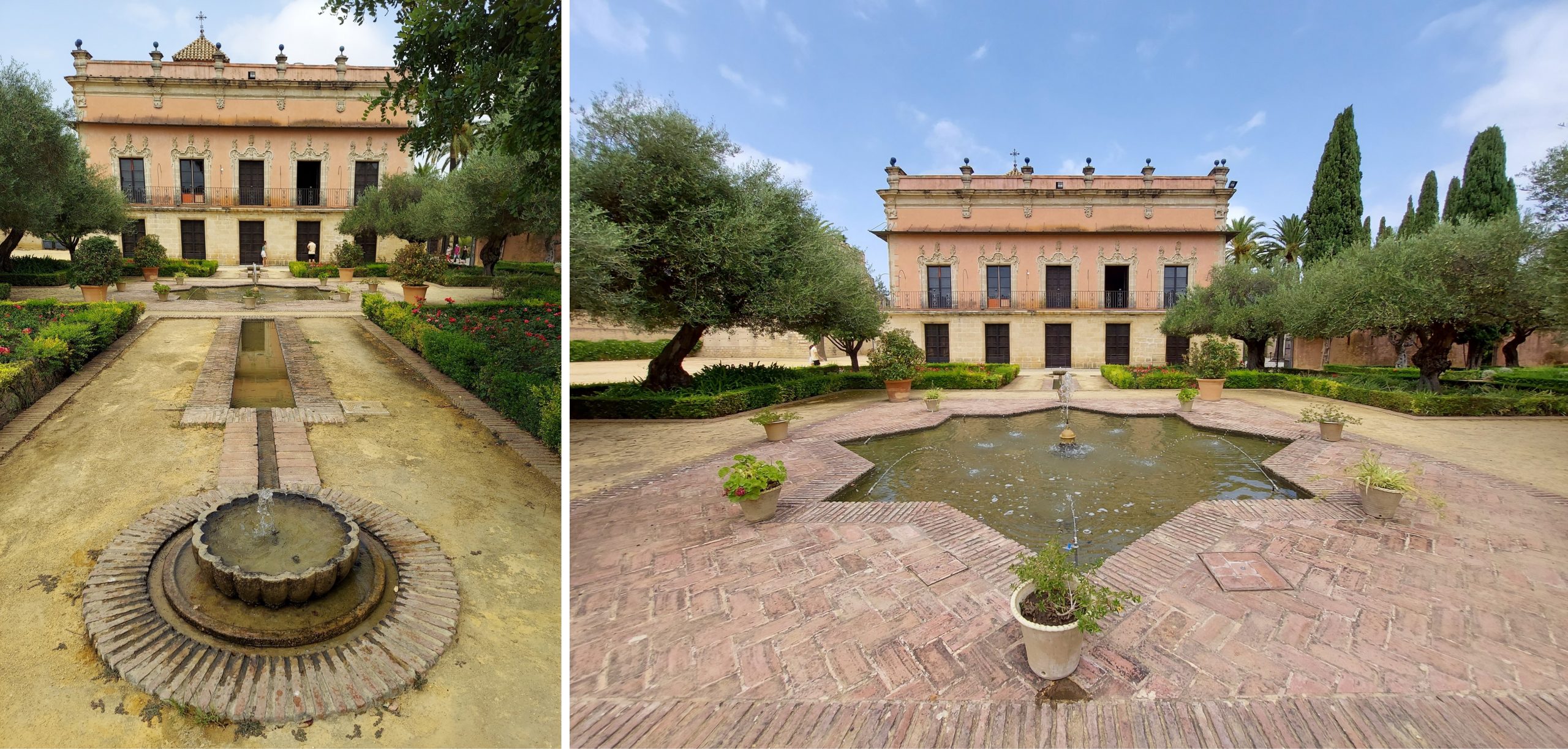
And we arrive at the Palace of Villavicencio, a beautiful baroque palace that was built on the remains of an Almohad palace, hence the asymmetry of the building. Most of the current construction dates from the second half of the 17th century. It is in this period when the Villavicencio family took over the position of “alcazar warden” in perpetuity, carrying out a general campaign of improvements throughout the fortress, thus building a palace worthy of one of the most powerful families and noble lineage of the city of Jerez de la Frontera.
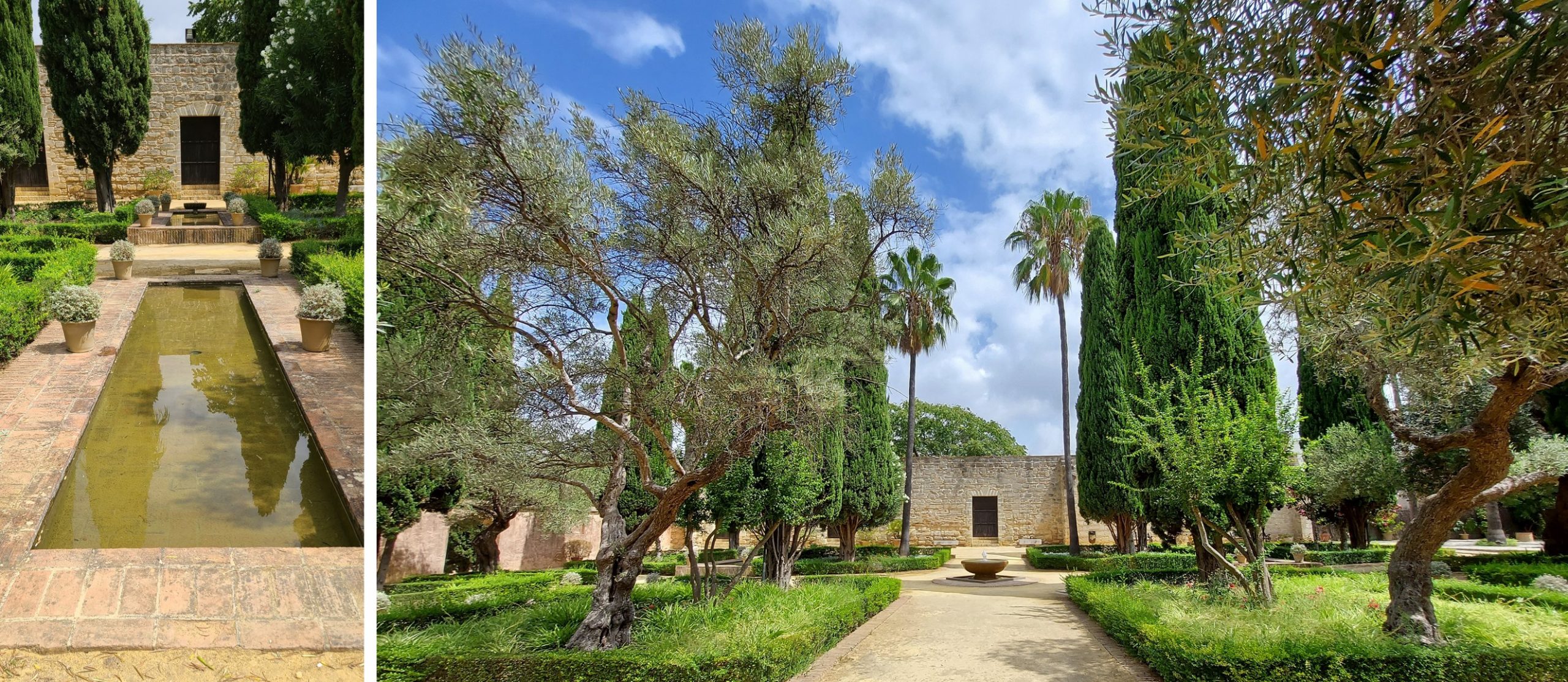
The gardens with their fountains and ponds impart a great beauty and romanticism to the enclosure. Clearly the Arab influence is present in the importance of the element of water to keep these landscaped areas hydrated. In addition, in very hot weather, its ponds, fountains and water channels conveniently cool the environment.
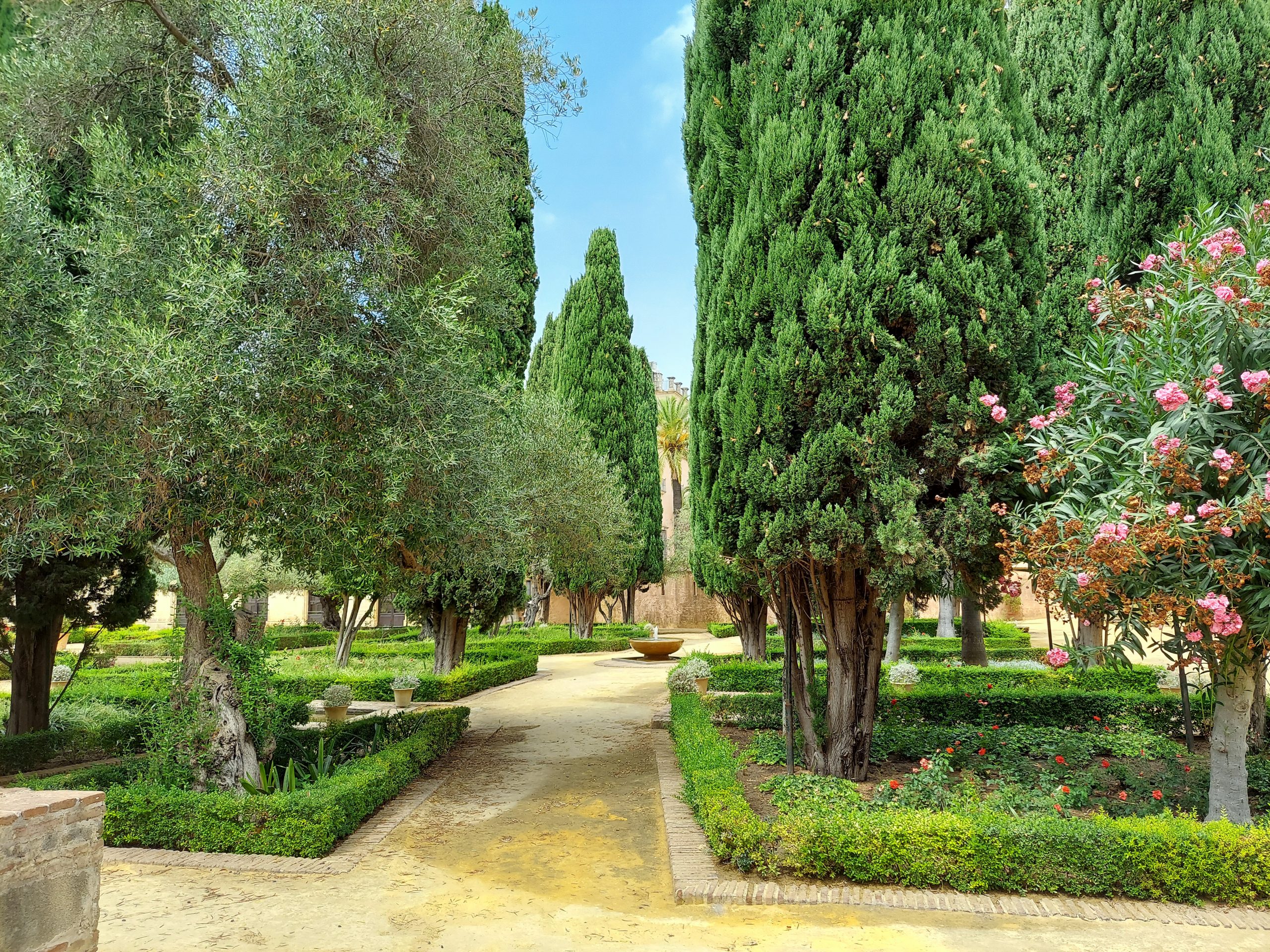 The garden areas of the Alcazar of Jerez de la Frontera have olive trees, cypresses and various flowers and ponds with fish.
The garden areas of the Alcazar of Jerez de la Frontera have olive trees, cypresses and various flowers and ponds with fish.
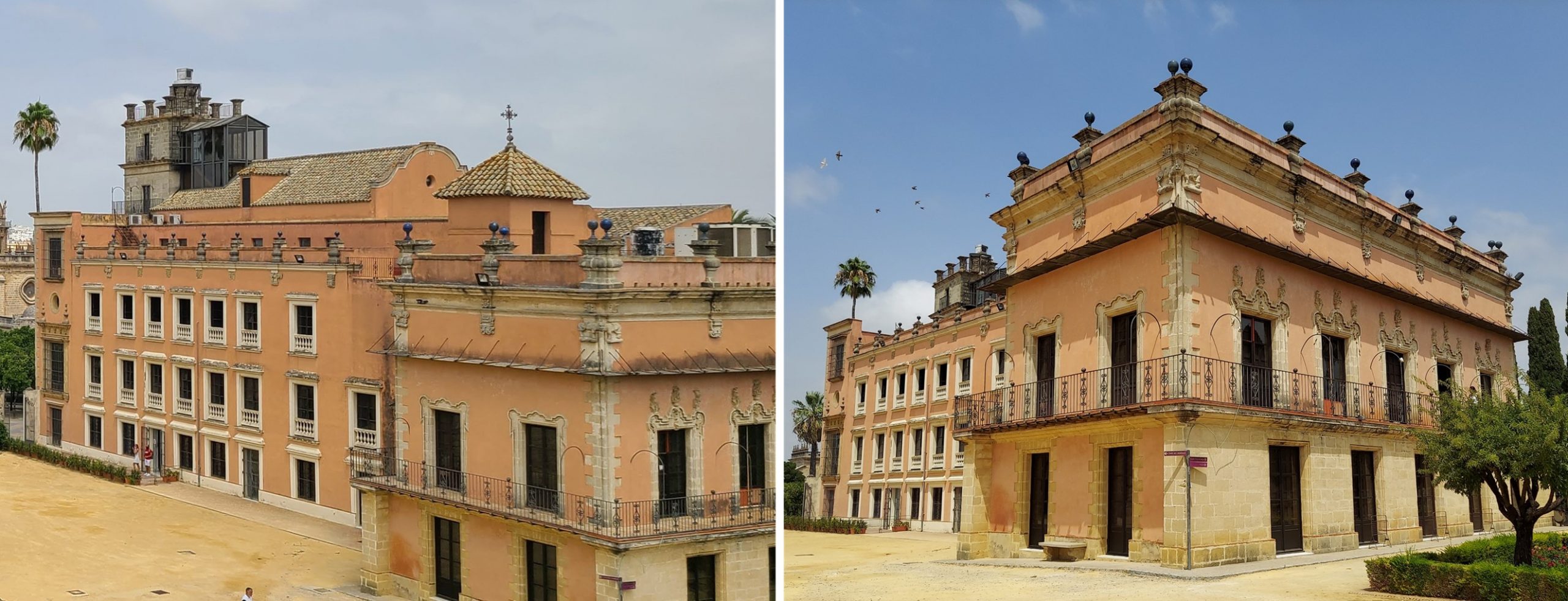
The first structure of the northeast wing of the Villavicencio Palace, with three floors, a gabled roof and tiles, dates back to the 17th century. In addition, the remodeling of the tower and the great cushioned doorway that connects the Patio de Armas with the exterior. In the second quarter of the 18th century, the two-story south building with a roof was built in the American Colonial Baroque style.
On the first floor were the work areas and some salons. On the second floor, which corresponds to the noble area of the palace, there are spacious and well-lit rooms that offer beautiful views of the Patio de Armas and the Patio de San Fernando.
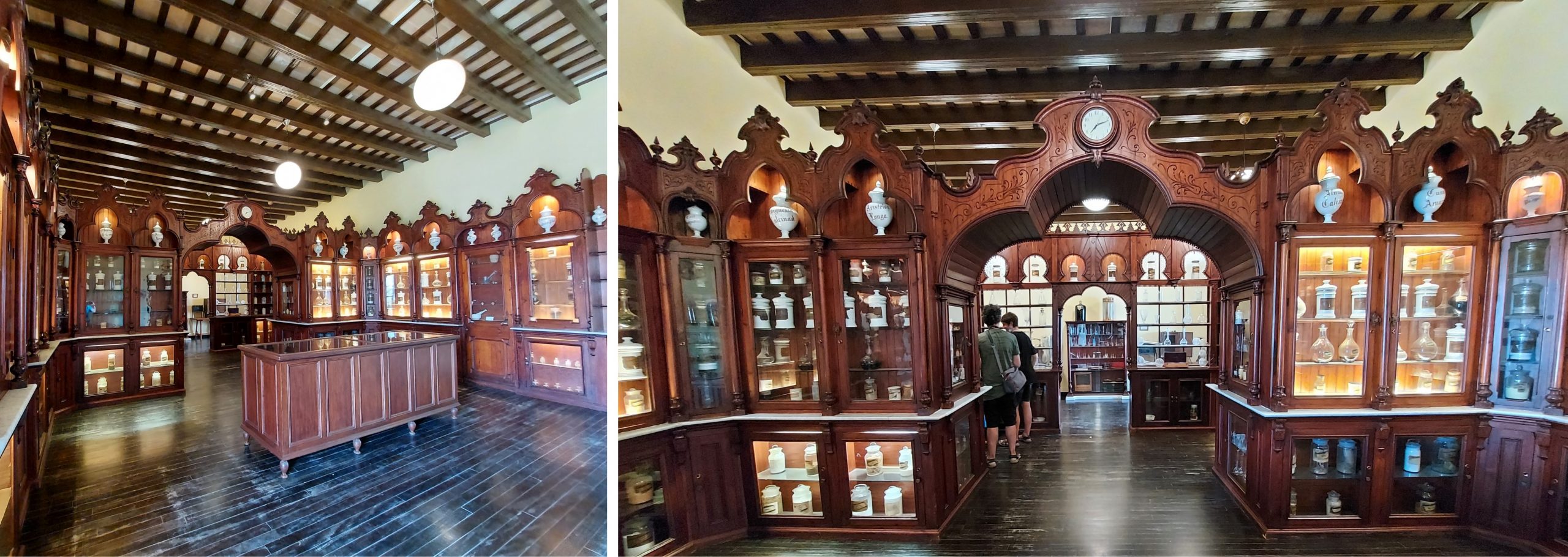
The third floor exhibits the old 19th century municipal pharmacy, with the original wooden furniture beautifully carved, as well as the albarelos and the typical pharmacy of the time. An albarelo is a cylindrical ceramic container, used by apothecaries to store drugs and solid or viscous preparations, but almost never liquids.
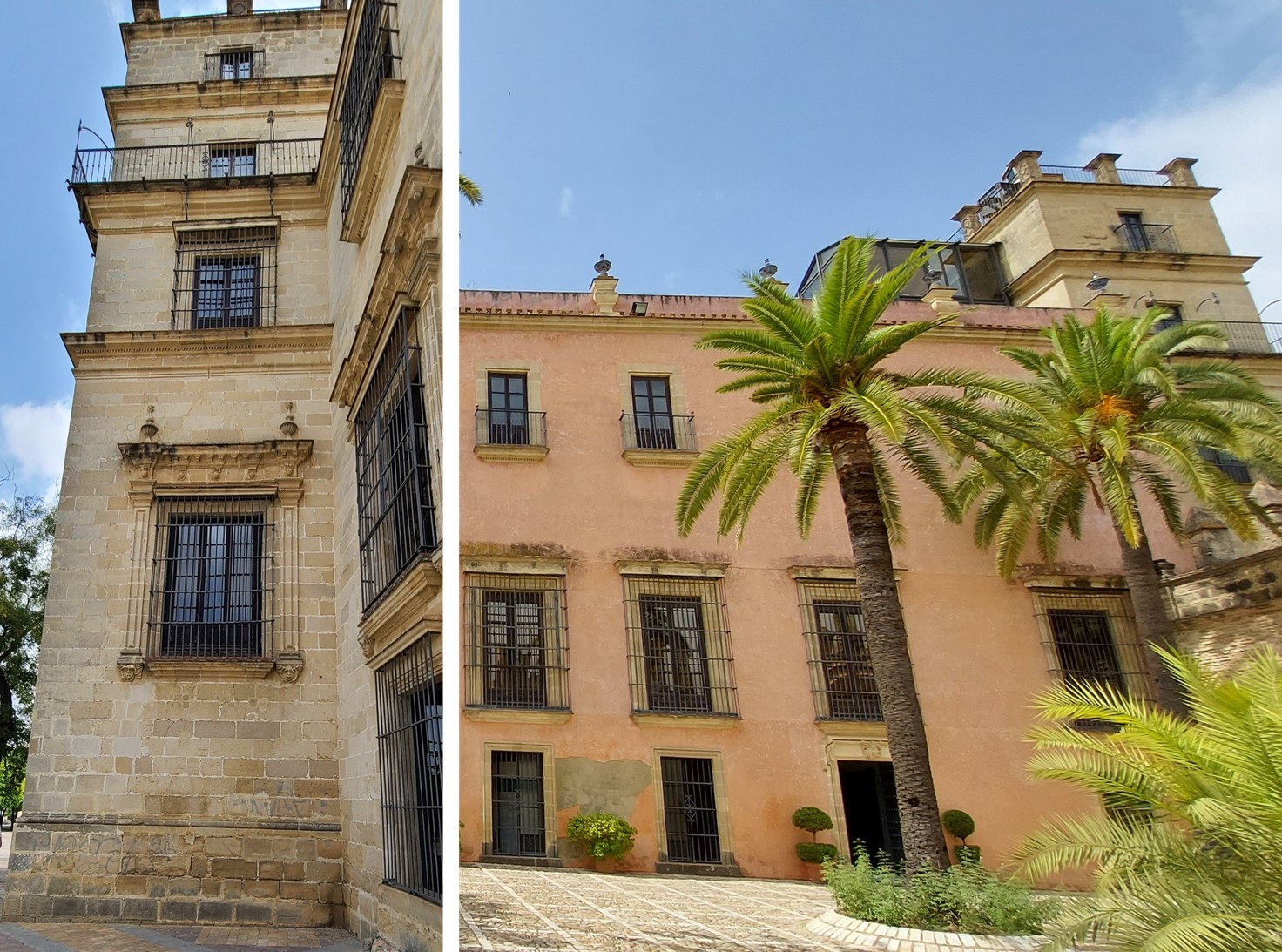
In the tower of the palace is located the Camera Obscura, which allows to observe the city in real time, with real and moving images.
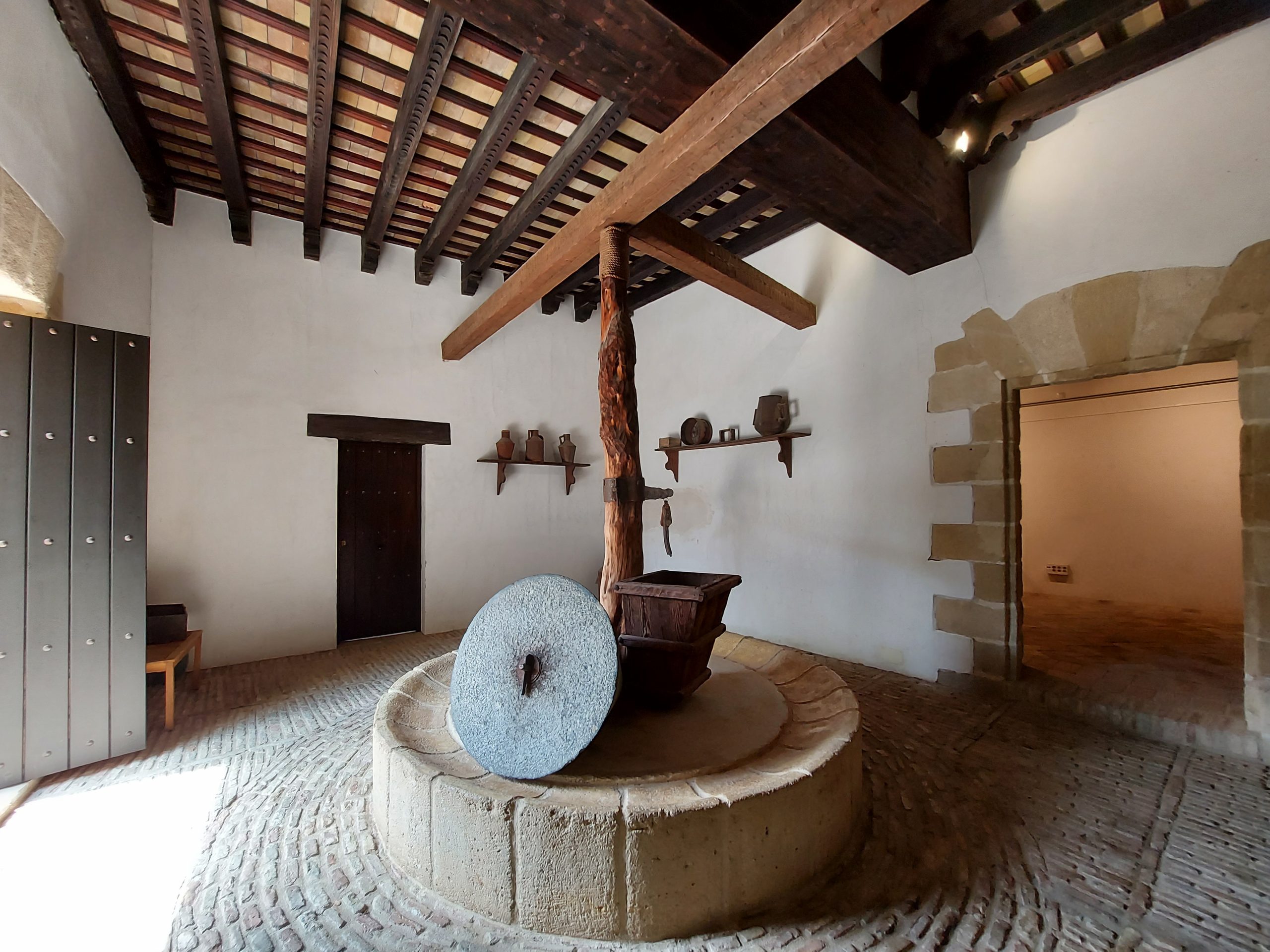
We can not end this story without mentioning its oil mill of the eighteenth century. It is surprising how well preserved it is and gives us an idea of the machinery that was used at that time.
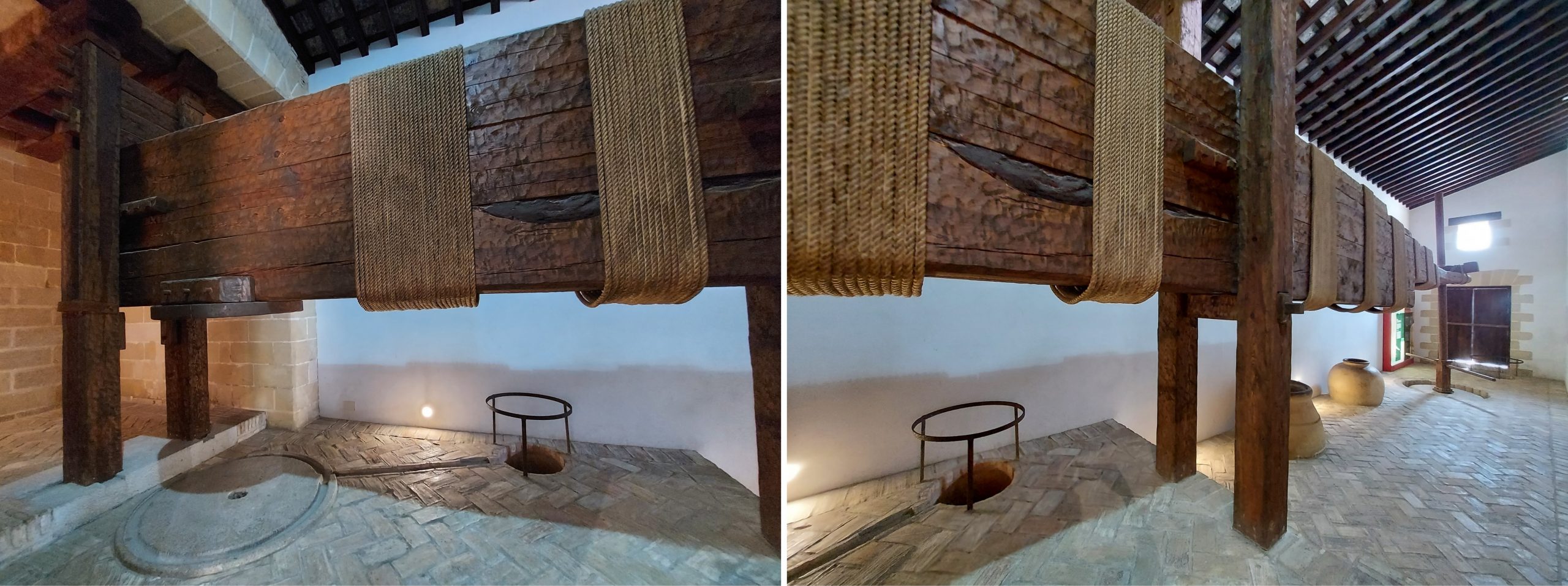
Resources:
- https://es.wikipedia.org/wiki/Alc%C3%A1zar_de_Jerez_de_la_Frontera
- https://www.inspain.org/es/cadiz/jerez-de-la-frontera/conjunto-monumental-alcazar-jerez-camara-oscura/https://www.amigosdeloscastillos.es/portfolio/alcazar-de-jerez-de-la-frontera/
